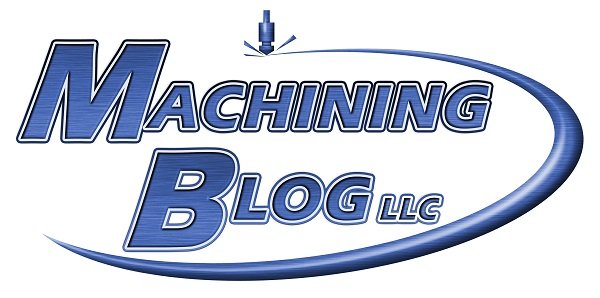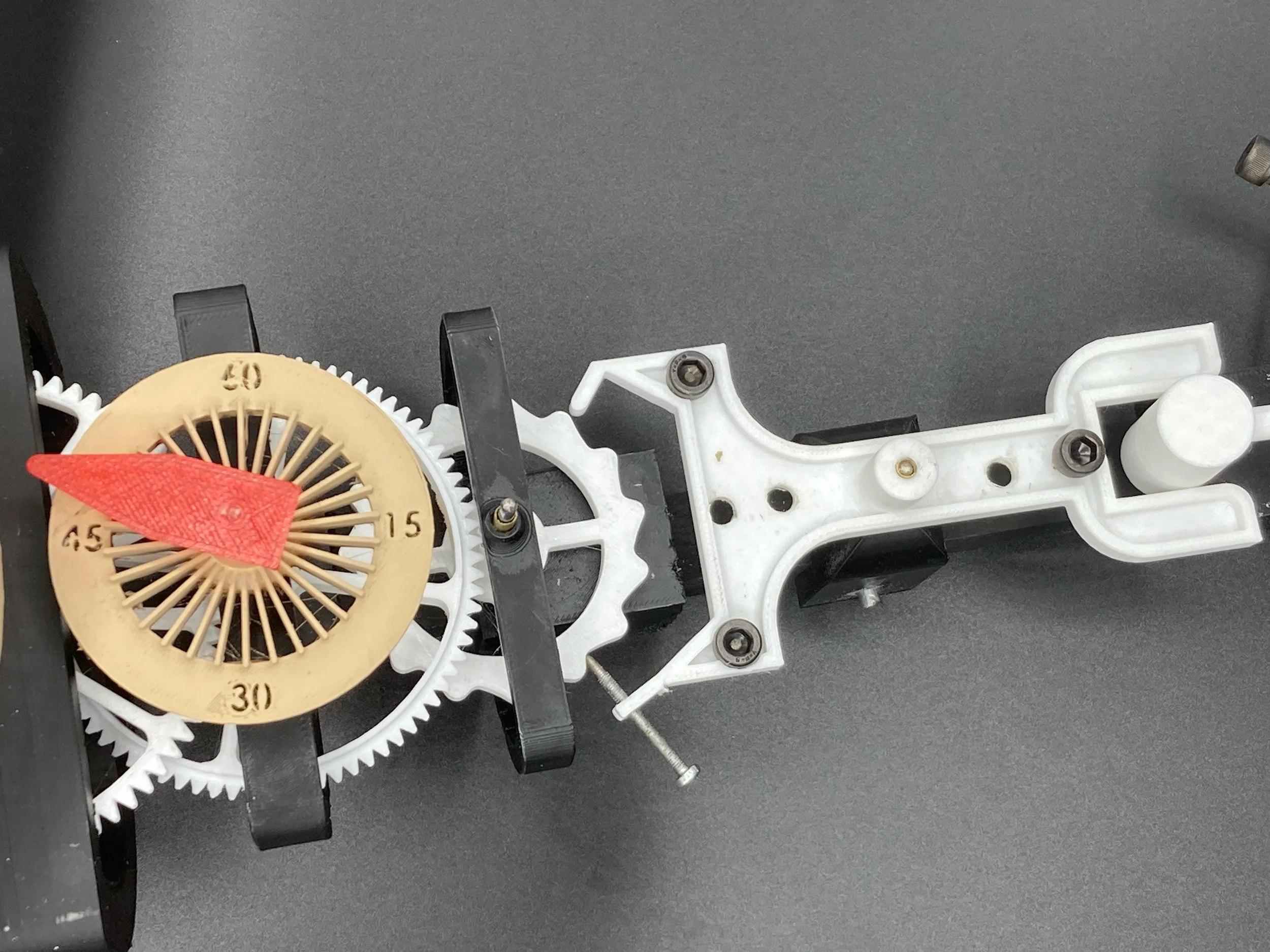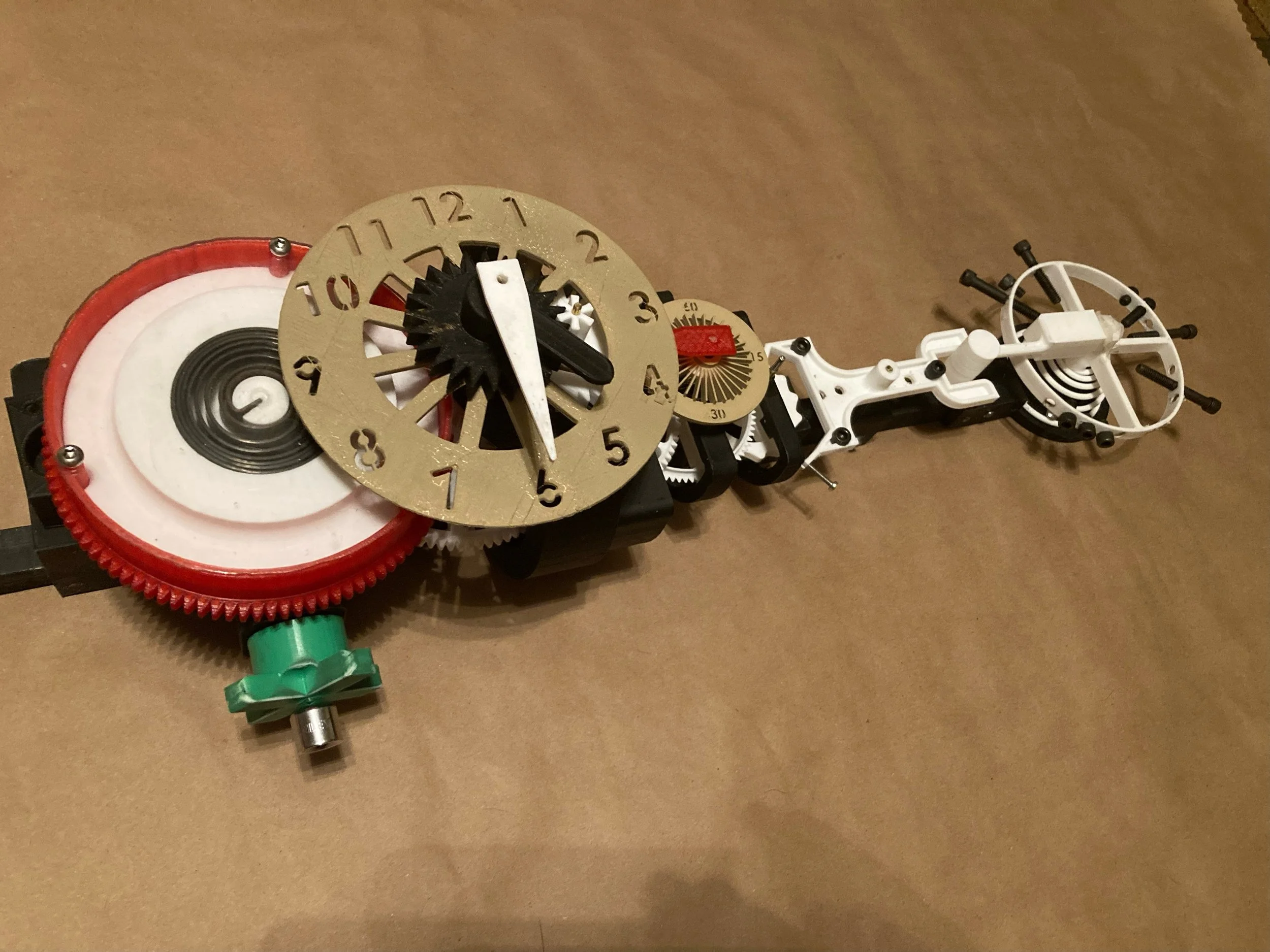I don’t know a single CNC machine shop that has an easy time hiring machinists, and would say they have enough well-qualified candidates. The fact is that there is more demand than supply, with not enough young people coming into the industry to fill the positions that are needed by machine shops today. On one hand, it's great news in general, that the demand for machinists is strong. Onshoring seems to be a longer-term trend now and the demand for machined parts in North America is strong, which is fantastic. The shadow side is that it’s tough to find machinists and most shops feel that pain, which inhibits their ability to grow at the pace they could theoretically if hiring was not a problem.
Machining.Blog® is a weekly blog focused on manufacturing career development. It features blog articles on the fundamentals of manufacturing for aspiring machinists. Our goal is to create an interest in manufacturing in the USA. Our writer Matthew Schowalter has worked in manufacturing for 24 years, and he covers the topics that matter to someone starting their career in manufacturing.
“The soft skills the machinist uses are the unseen tools in their box and can directly impact the success or failure of a dreamed after machining career.”
















